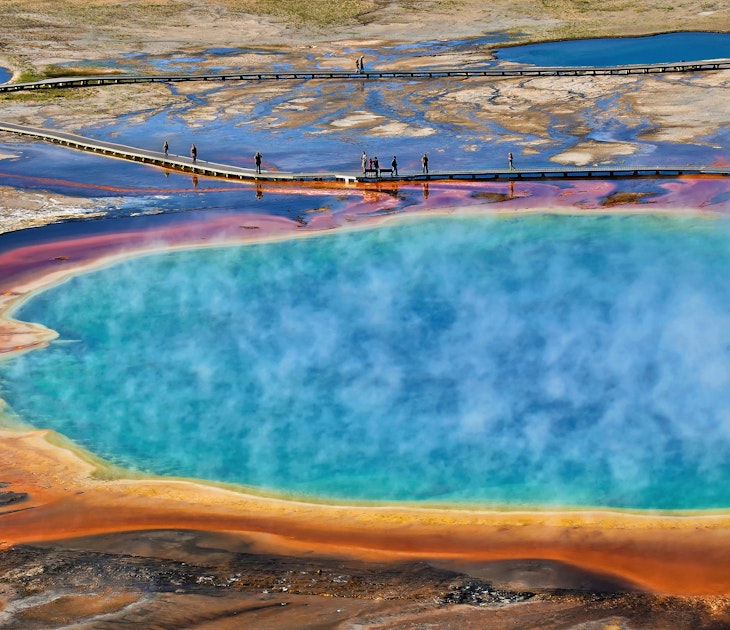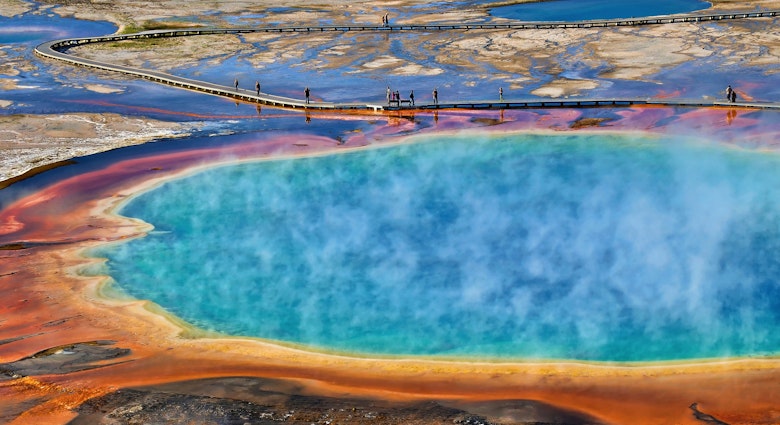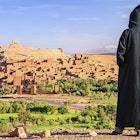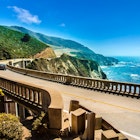Adventure has been a way of life in South Dakota for centuries. At one time the horse and wagon trails of warriors, pioneers and homesteaders crisscrossed these vast prairies. An important gateway into the Wild West, the state was home to at least a handful of the country’s most legendary figures – Calamity Jane, Wild Bill Hickok and Sitting Bull all found fame under the wide-open skies of South Dakota.
For some the territory offered the promise of riches, and for others it offered a new life. Nearly always it offered adventure.
These days wagon-rutted roads have been replaced with interstates and paved highways, but the stories of those who traveled them still remain. Here are our top spots for those who want to get closer to the adventurous past – and present – of South Dakota.
Mount Rushmore
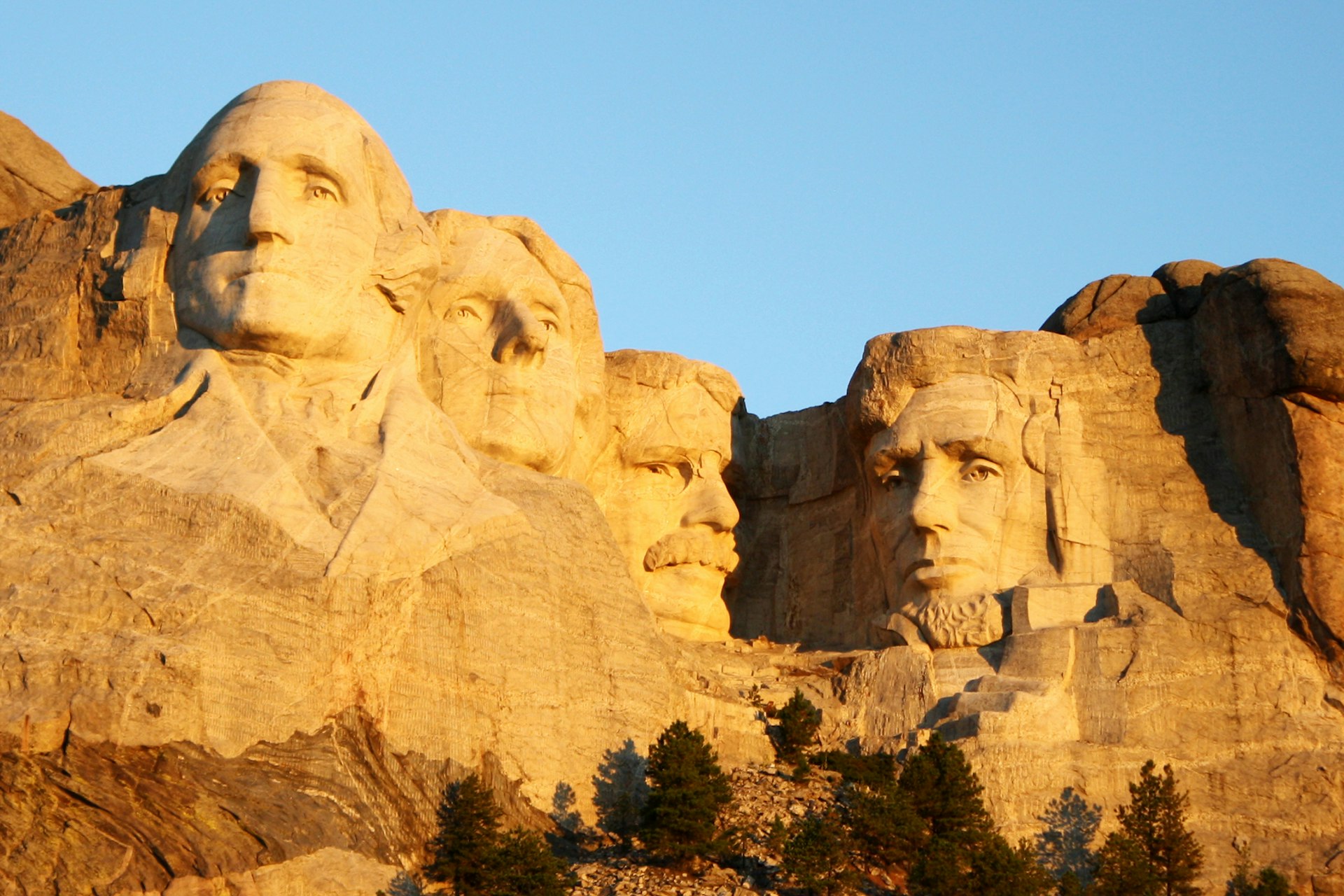
As one of the United States’ most iconic attractions, the Mount Rushmore National Memorial attracts nearly 3 million people per year. Conceived in 1927 as a way to draw tourists to the state, the monument continues to inspire awe and wonder at just how lead sculptor Gutzon Borglum and his team of several hundred workers managed to carve these 60ft faces into a mountain (hint: the majority of the work was done with dynamite). Since then the site has been updated with an austere series of granite pillars holding the flags of each of the 56 US territories and states, and at night the faces of Washington, Jefferson, Roosevelt and Lincoln are illuminated in a light show.
See it for yourself: The best way to see the monument is to arrive in the early morning, just before sunrise, when crowds are virtually absent, and the views of these stony fellows are aided by the warm sunlight peaking over the horizon. Take a walk on the pine-shaded, half-mile Presidential Trail to get a little closer to this stately bunch. At the stand just outside the dining area, try the vanilla ice cream based on Thomas Jefferson’s original recipe.
Black Hills Wild Horse Sanctuary
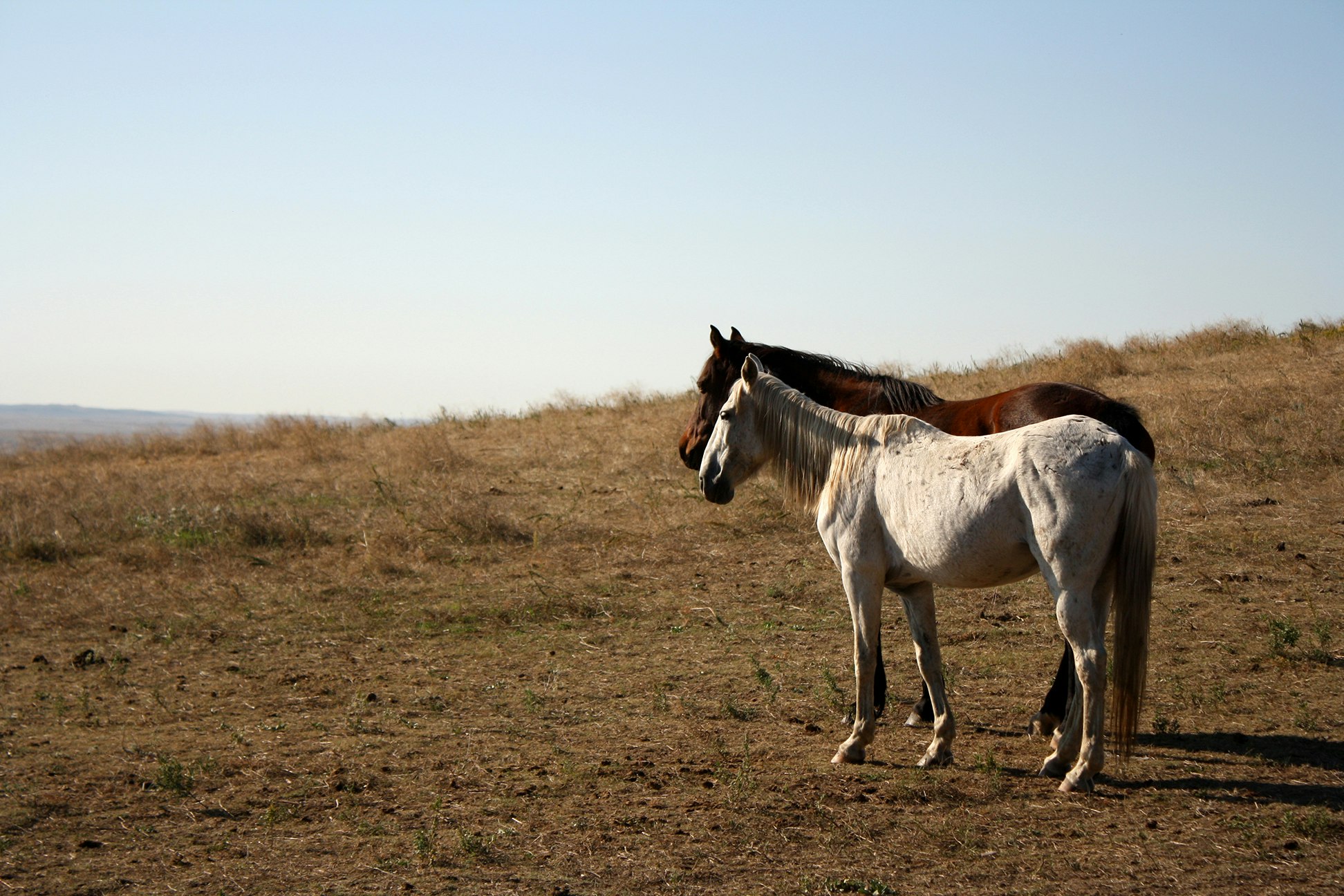
The Spanish first brought horses to North America to explore the territories of what are now Florida, the Southwestern US and Mexico. A few horses escaped or were traded to Native American tribes, and the animals flourished, soon becoming a symbol of the West. Today the United States’ wild horses are protected by the Bureau of Land Management (BLM), which safeguards them from overpopulation and dwindling habitat, often by placing them in holding facilities or organizing adoptions.
In 1987 rancher, writer and naturalist Dayton O. Hyde was in Nevada buying cattle for his ranch when he came upon a BLM holding facility for wild horses. Struck by their captivity, he spent the next year adopting as many wild horses as he could. Soon he founded the Black Hills Wild Horse Sanctuary (wildmustangs.com), and over the next few decades it became an 11,000-acre refuge for wild and abused horses. As many as 500 horses live there now, alongside coyote, mule deer, wild turkeys and a variety of other animals and plant life.
See it for yourself: Near the parking area, the main ranch quarters hold a large pack of photograph-friendly animals. Viewing these creatures is free, though donations are accepted. Tours are available (adults/seniors/teens/children, $50/45/15/7.50) for a journey into the sanctuary, where you can catch sight of the horses galloping over the hillside, or where they might even approach a gently outstretched hand.
Crazy Horse Memorial
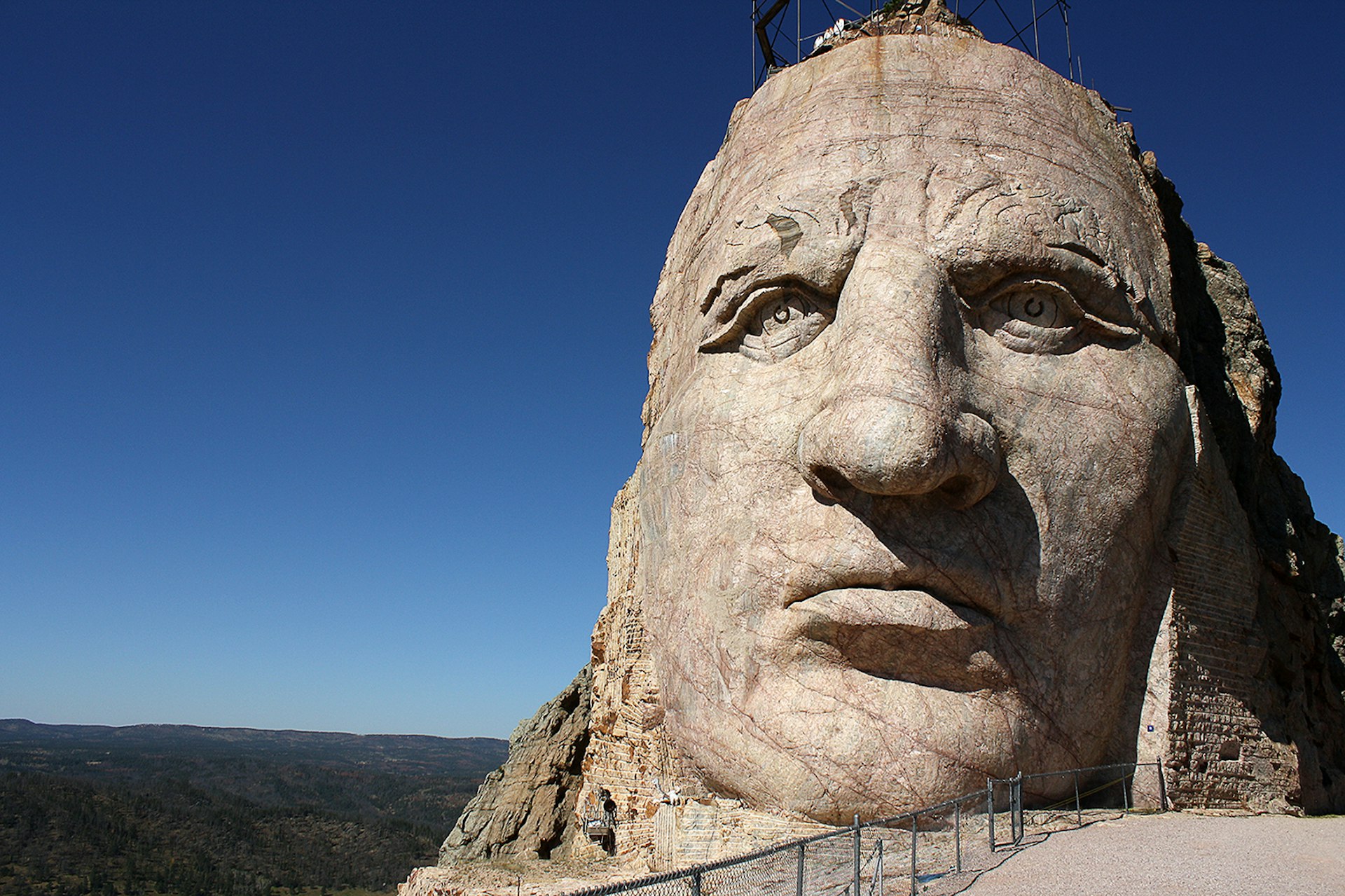
Begun in 1948 by Boston artist Korczak Ziolkowski, the Crazy Horse Memorial was envisioned as a project that would stand against (and, in many ways, overshadow) the presidential project in the Black Hills nearby. ‘My fellow chiefs and I’, Chief Henry Standing Bear wrote in a letter inviting Ziolkowski to work on the project, ‘would like the white man to know the red man has great heroes, too.’ Ziolkowski spent the final 35 years of his life planning and executing the ongoing project that will, when finished, dwarf the presidents at Mount Rushmore. The planned size of the monument, which will depict Crazy Horse from head to torso with his arm outstretched while riding a horse, will be 563ft tall and 641ft long.
In spite of Standing Bear and Ziolkowski's good intentions, the project is not without its critics. Crazy Horse never sat for a photograph – a fact biographers attribute to his humility – and many Native Americans say he would've never wanted his image carved into the Black Hills, which are sacred to the Oglala Lakota. But supporters counter that the site offers a chance for visitors to learn about Native American history, and the foundation that funds the memorial also offers scholarships to Native American students.
See it for yourself: Many visitors to Crazy Horse Memorial stick to the grounds where they can see the monument from a distance as they wander through the gift shop, restaurant and museum, but an optional tour heads up the mountain for a close-up look at the chief’s face – worth it to get a sense of just how massive the project is. The extra trip is $4 per person, on top of the $11 general admission, and takes 25 minutes. For something a little different, Black Hills Aerial Adventures (coptertours.com) offers a bird’s-eye look at the monuments in the area from a helicopter.
Custer State Park
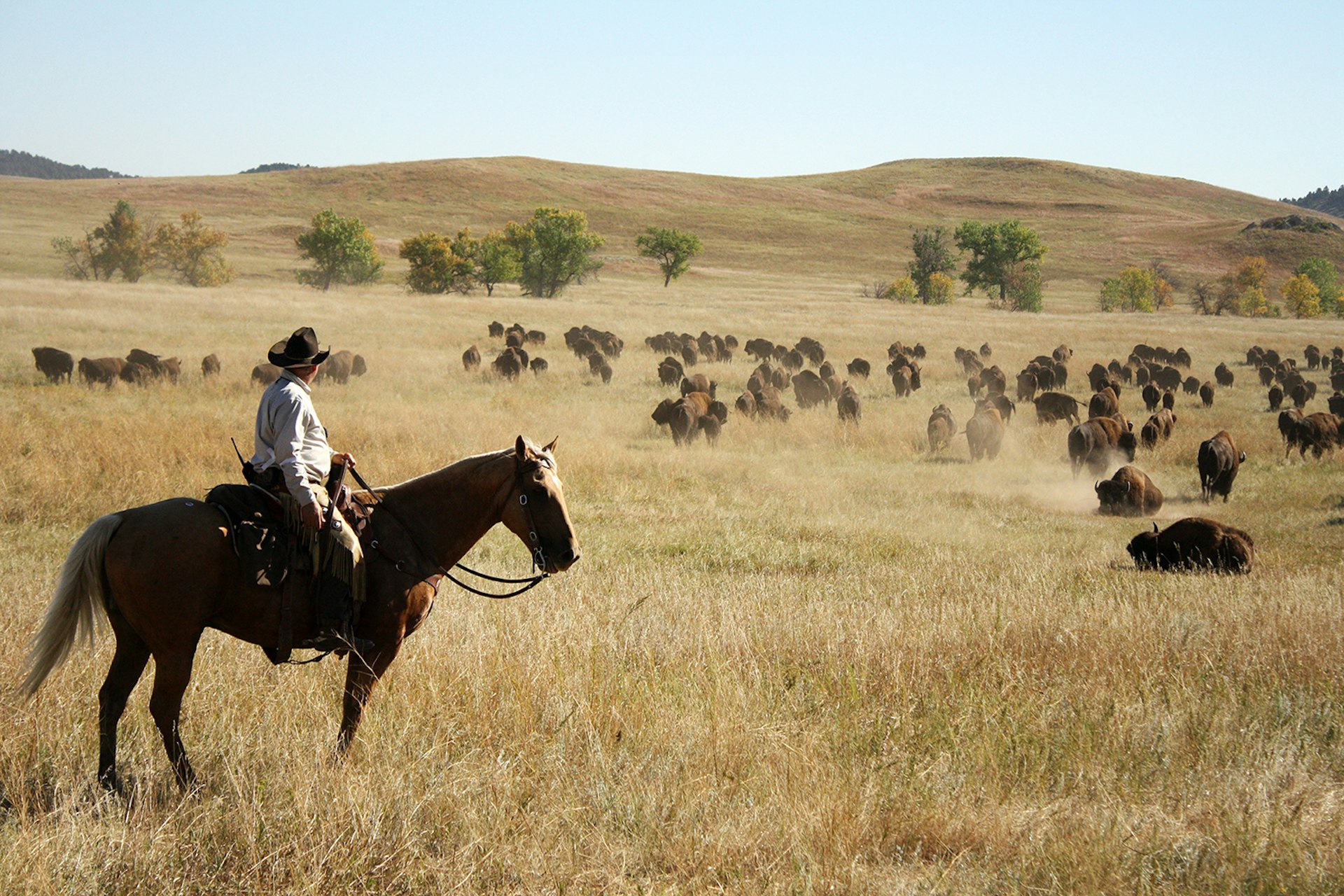
Some estimates put the pre-human buffalo population at as many as sixty million in North America, with a habitat stretching from the Rocky Mountains to the eastern seaboard and all the way up to Canadian boreal forests. But in the late 1860s the US economy, unshackled from the labors of the Civil War, turned westward, and the hunting of buffalo quickly became an industry.
At the end of the century, the number of buffalo in North America had plummeted to around just 1000, and the species look set for extinction. In 1905 President Theodore Roosevelt started a campaign to save the remaining buffalo. After decades of habitat management and protection from poachers, conservationists now say the number of buffalo in North America has reached 500,000.
See it for yourself: Custer State Park is home to one of the largest free-roaming herds of American buffalo. Every September the park hosts the annual buffalo roundup, where the animals are driven into corrals for checkups and auction. It’s quite a sight: cowgirls and cowboys whooping and hollering to push the thundering stampede of 2000 lb animals over the prairie. These animals aren’t like pliant cattle, and it can make for a lively event. Every other time of the year, the animals can be seen as visitors drive, hike or camp in the park.
Badlands National Park
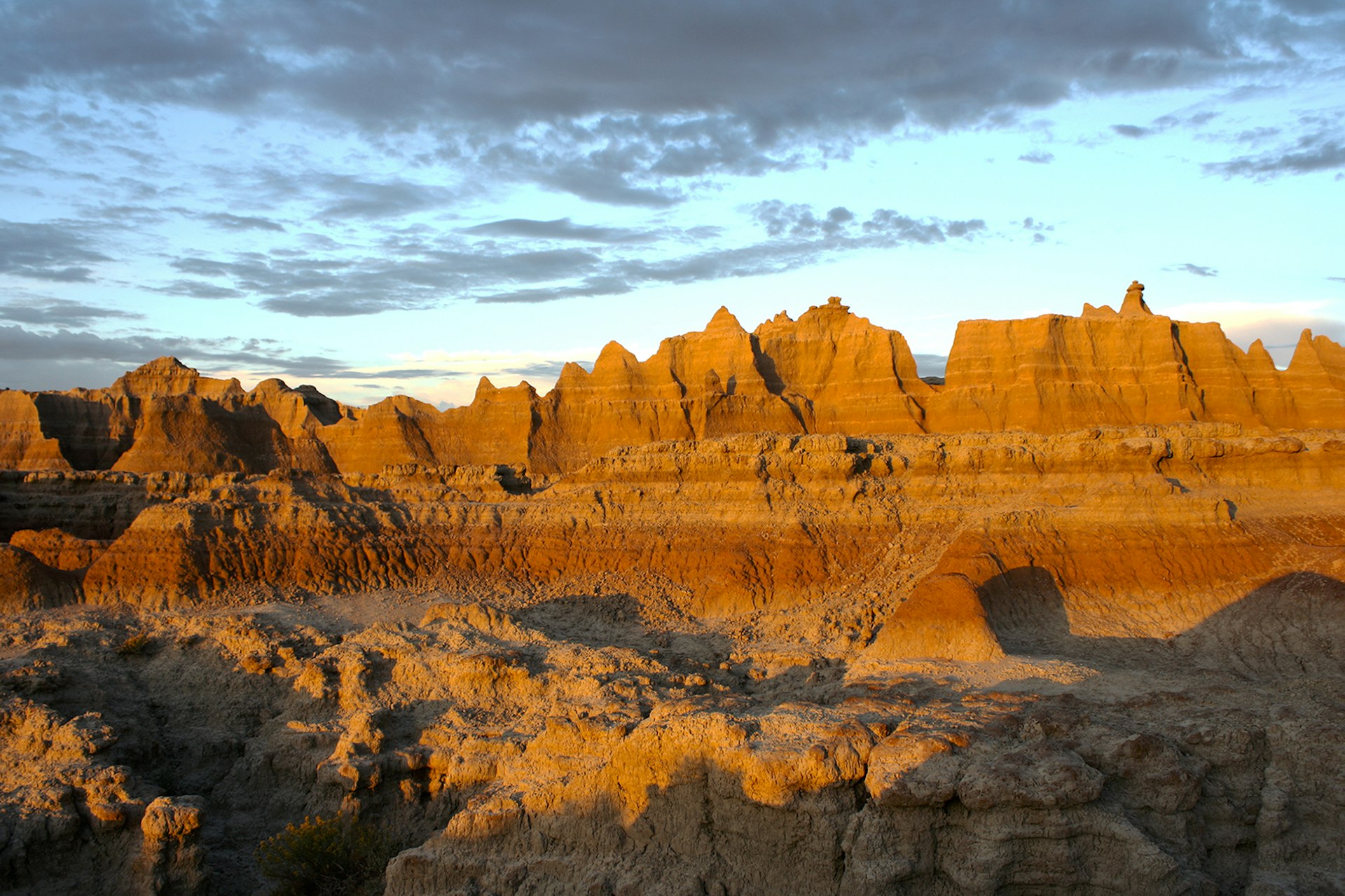
Millions of years ago, a sea covered what is now South Dakota. Fossil records indicate that the sea was abundant with plant and animal life, but what’s left today is far from bountiful. The forces of erosion have stripped away the soft soil, leaving spires and sharp canyons of multi-colored rock and dry, hard dirt. The Lakota people called the area mako sica, and the French traders who came through later named it les mauvaises terres – both translate, roughly, as ‘bad lands’.
A hike through Badlands National Park feels like a stroll on the surface of another planet. Cycles of rain, drought and freezing temperatures have cracked the ground, and the shadowy fissures in the rocks are otherworldly. If you catch the sun just right, the rock slopes, striated with oxidized, brick-red minerals, ignite with fascinating colors and shadows.
See it for yourself: During the summer, the park holds regular Ranger Programs that include everything from geology walks to night sky viewings. Events are published in the park newspaper or at nps.gov/badl.
Wounded Knee
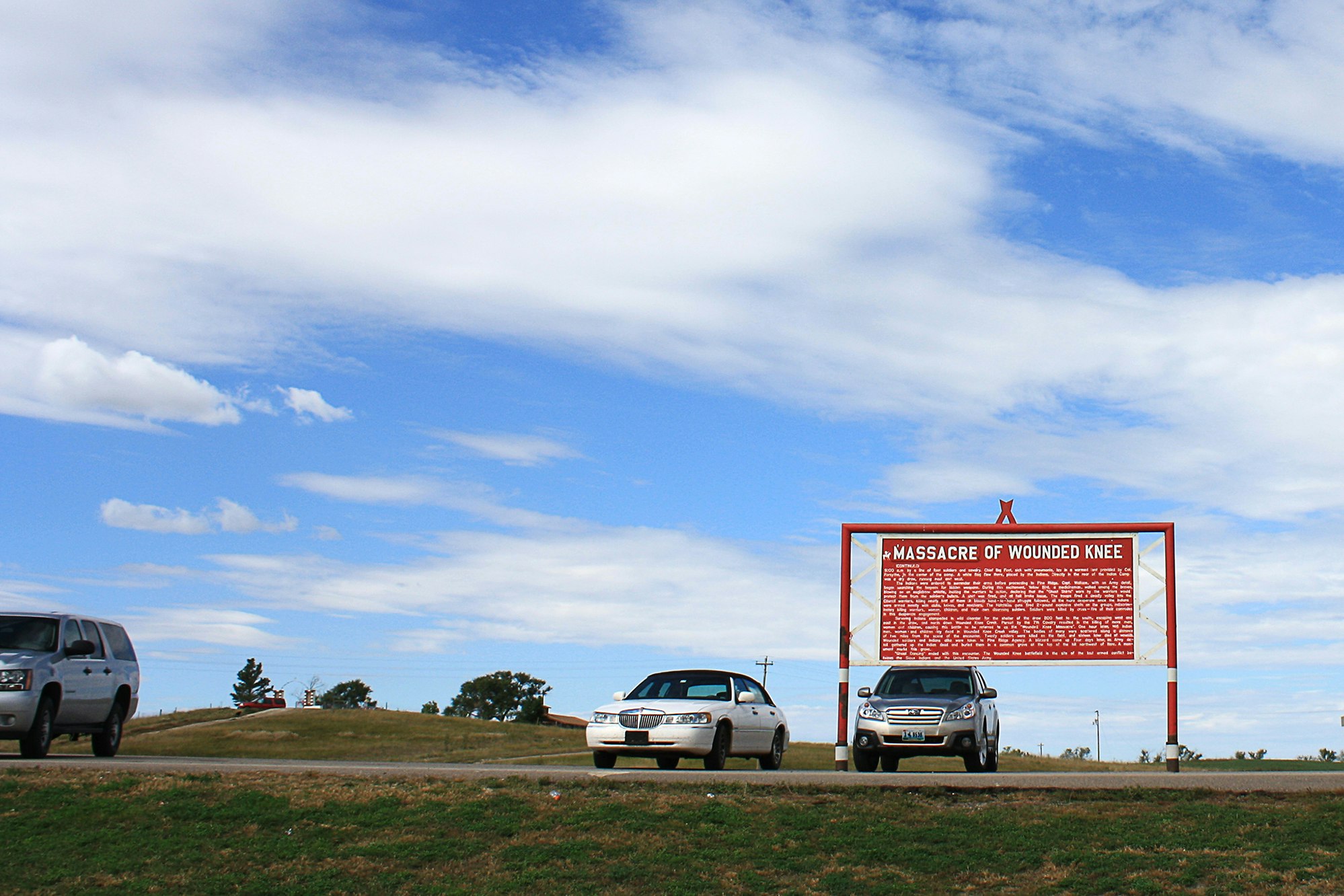
At the base of a hill in the center of the Pine Ridge Indian Reservation, a hand-painted sign describes the events that took place here in 1890. Just a few years after Crazy Horse and members of the local Native American tribes routed General George Custer’s battalion at Little Big Horn, the US 7th Cavalry Regiment entered a camp at Wounded Knee to disarm the Lakota Tribe. When a deaf tribesman refused to give up his weapon, a shot rang out, and the 7th Cavalry opened fire from all sides. By the time the incident was over, at least 150 Lakota people were dead, with 51 wounded (other reports put the number as high as 300 dead).
See it for yourself: Today a memorial marks the site, which was designated a National Historic Landmark in 1965, but the area remains a somber and mostly blank space. Exhibits elsewhere on the Pine Ridge Reservation better outline the massacre and the events of the larger Sioux Wars. The Historical Center at the Oglala Lakota College (olc.edu) provides a well-researched, contextual audio tour explaining the history of the Oglala Lakota people, including what happened at Wounded Knee. The Visitor Center of the Pine Ridge Area Chamber of Commerce (pineridgechamber.com) is also worth a stop, with both Lakota artwork and animal specimens on display. In Rapid City the Journey Museum (journeymuseum.org) is one of the most exhaustive sites in the area for exhibits covering Sioux history and artwork.
This article was after our writer Alexander Howard traveled to South Dakota in a trip supported by the South Dakota Tourism Board. All views here are those of Lonely Planet alone and reflect our policy of editorial independence.


